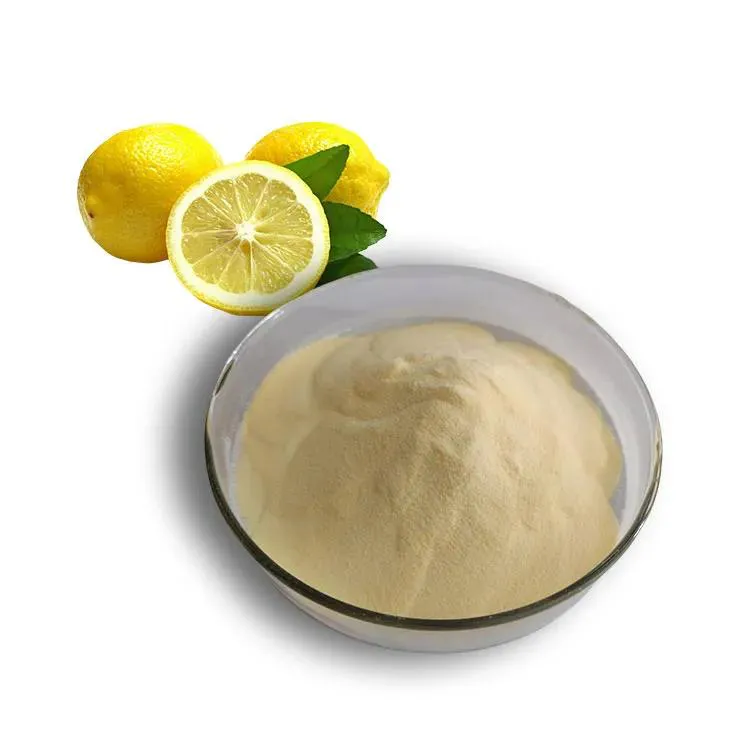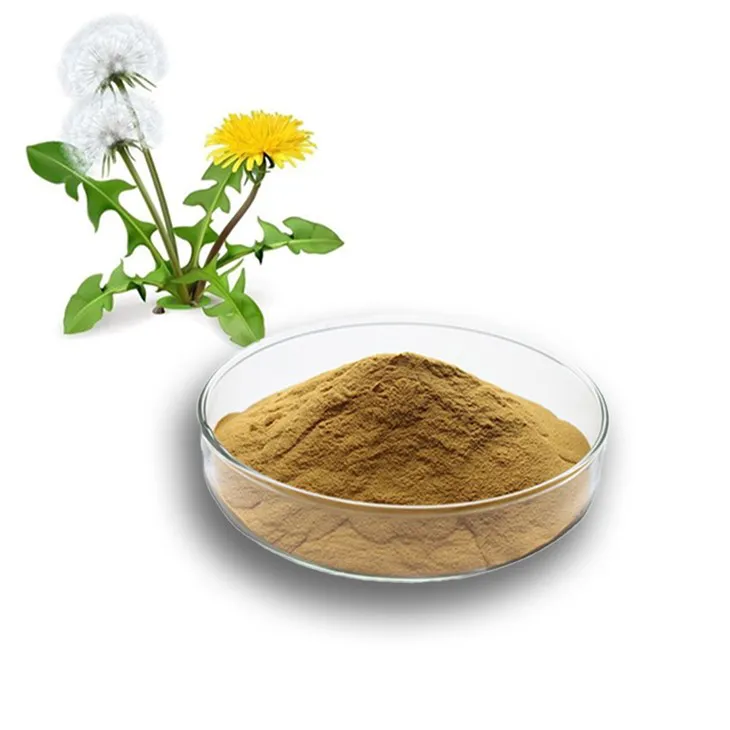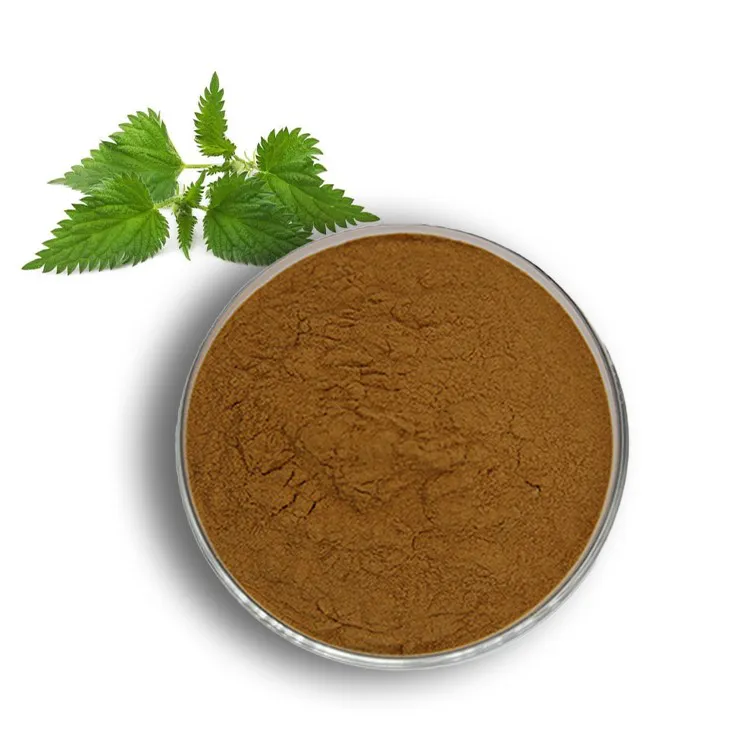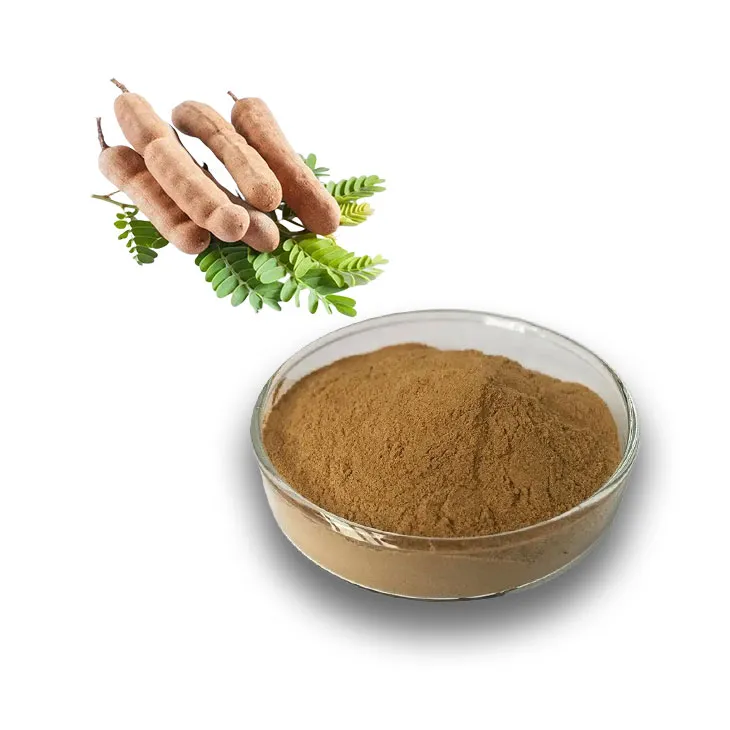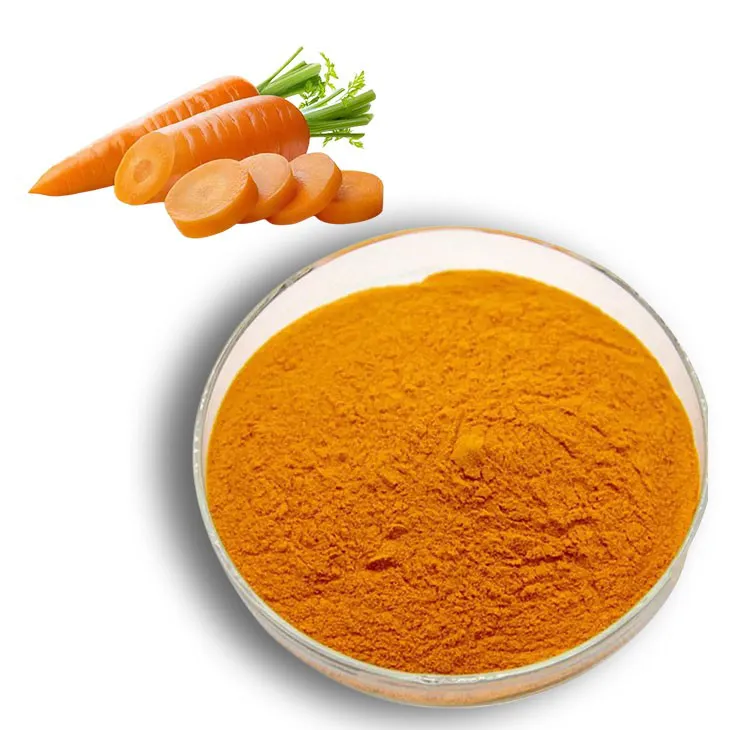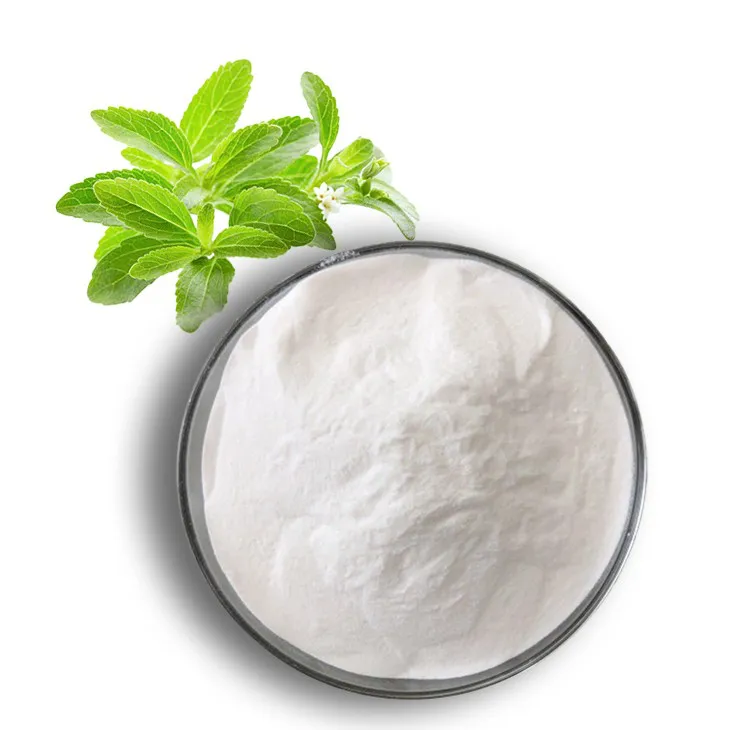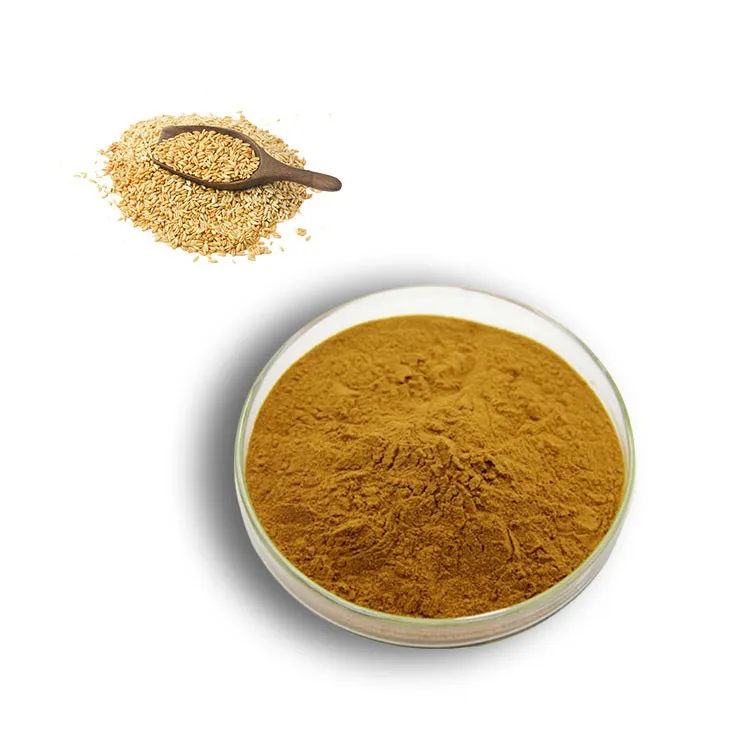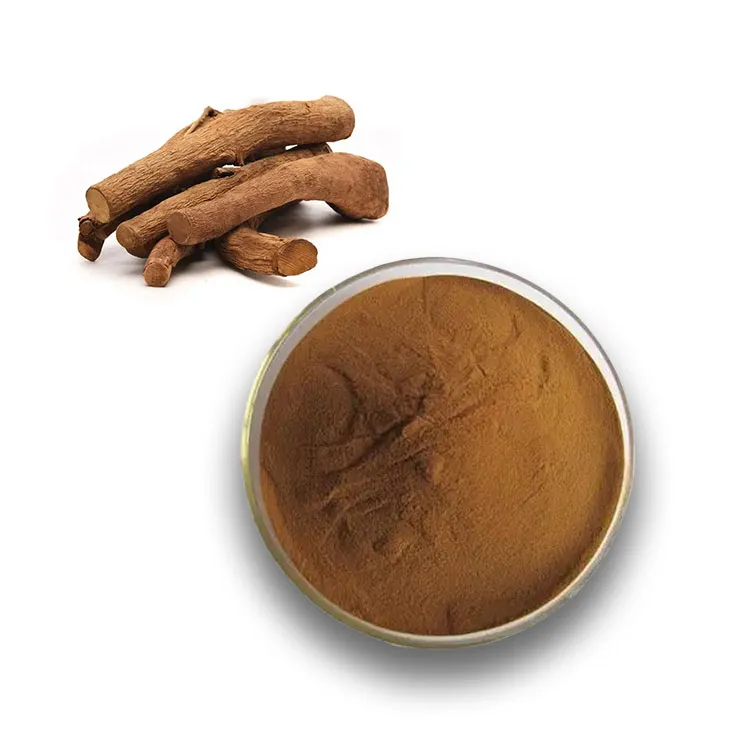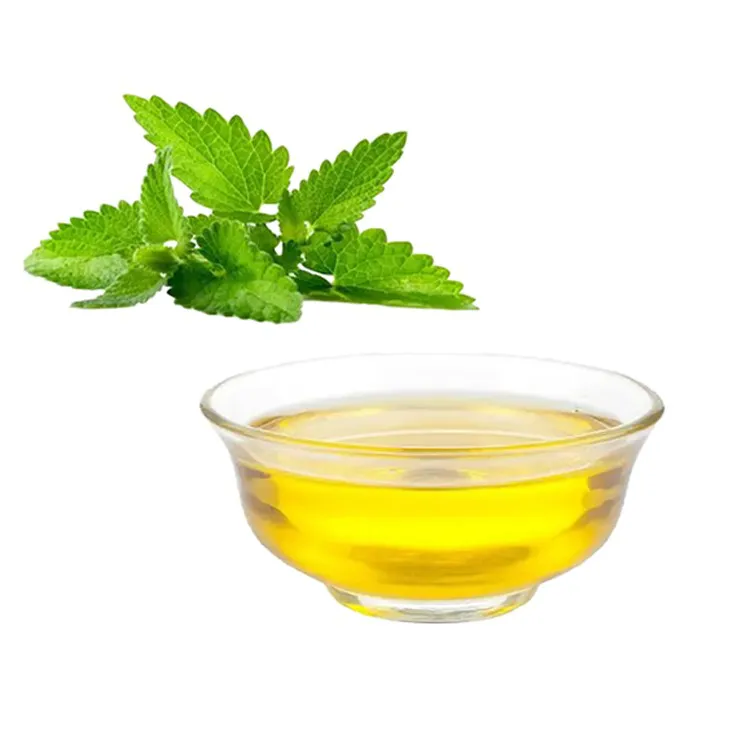- 0086-571-85302990
- sales@greenskybio.com
Goldenseal: history and usage
2025-06-24
Goldenseal (Hydrastis canadensis), a perennial herb native to the woodlands of North America, has long been cherished for its medicinal attributes. Known by names such as orangeroot, yellow puccoon, and ground raspberry, its easily identifiable thick yellow rhizome and purplish, hairy stem underscore its vibrant presence in nature and its rich history of use.
Historical Significance and Traditional Use
For centuries, Indigenous North American tribes, including the Cherokee and Iroquois, harnessed goldenseal's healing properties to treat skin disorders, digestive issues, and infections. Its reputation expanded with European settlers, making it a staple of 19th-century American herbal medicine marketed for varied ailments such as sore throats and even gonorrhea. However, uncontrolled harvesting and habitat loss have rendered wild goldenseal increasingly scarce, spurring conservation measures and controlled cultivation in places like the Appalachian region of the U.S. and parts of Canada.
The Power of Bioactive Compounds
Goldenseal's health benefits are largely derived from its rich concentration of bioactive alkaloids, notably berberine, hydrastine, and canadine. Berberine is celebrated for its antimicrobial, anti-inflammatory, and immune-boosting properties. Together, these alkaloids offer powerful support for healthy mucous membranes, infection control, and inflammation reduction, making goldenseal a potent natural remedy.
The herb addresses a range of health concerns with its antimicrobial prowess, effectively targeting bacterial, viral, and fungal infections affecting the respiratory and digestive systems. Its anti-inflammatory capabilities extend benefits to conditions such as arthritis and various skin irritations, while its digestive and detoxifying attributes support liver health and bodily purification. Anecdotes from the 19th century underscore its healing potential, such as a physician treating a stubborn eye infection with significant success after applying a goldenseal root poultice.
Modern Applications and Usage
Given its intensely bitter taste, goldenseal is seldom used in culinary contexts, but it remains popular as a medicinal supplement. Common preparations include tinctures, teas, capsules, and topical salves. Here are a few ways to incorporate goldenseal into your wellness regime:
- Goldenseal Immune-Boosting Tea: Steep dried goldenseal root in hot water, adding honey or lemon to mitigate bitterness.
- Healing Salve: Mix goldenseal powder with beeswax and coconut oil for skin application.
- Detox Tonic: Blend goldenseal tincture with apple cider vinegar for a cleansing daily drink.
Conservation Efforts
Due to overharvesting and the plant's at-risk status, organizations like United Plant Savers advocate for sustainable practices to ensure goldenseal's survival. Consumers are urged to choose ethically sourced goldenseal products to aid in conservation efforts.
A staple of natural medicine, goldenseal’s efficacy in boosting immunity, reducing inflammation, and combating infections highlights its enduring value. However, its conservation ensures that future generations can continue to benefit from this remarkable herb. As goldenseal's legacy continues, responsible use and support for sustainability are essential.
- ▶ Hesperidin
- ▶ citrus bioflavonoids
- ▶ plant extract
- ▶ lycopene
- ▶ Diosmin
- ▶ Grape seed extract
- ▶ Sea buckthorn Juice Powder
- ▶ Beetroot powder
- ▶ Hops Extract
- ▶ Artichoke Extract
- ▶ Reishi mushroom extract
- ▶ Astaxanthin
- ▶ Green Tea Extract
- ▶ Curcumin Extract
- ▶ Horse Chestnut Extract
- ▶ Other Problems
- ▶ Boswellia Serrata Extract
- ▶ Resveratrol Extract
- ▶ Marigold Extract
- ▶ Grape Leaf Extract
- ▶ blog3
- ▶ Aminolevulinic acid
- ▶ Cranberry Extract
- ▶ Red Yeast Rice
- ▶ Red Wine Extract
-
Lemon Juice Powder
2025-06-24
-
Dandelion Leaf Extract
2025-06-24
-
Nettle Root Extract
2025-06-24
-
Tamarind extract powder
2025-06-24
-
Beta Carotene
2025-06-24
-
Stevia Extract
2025-06-24
-
Oat Straw Extract Powder
2025-06-24
-
Tongkat Ali Extract
2025-06-24
-
Lycopene
2025-06-24
-
Peppermint Oil
2025-06-24











